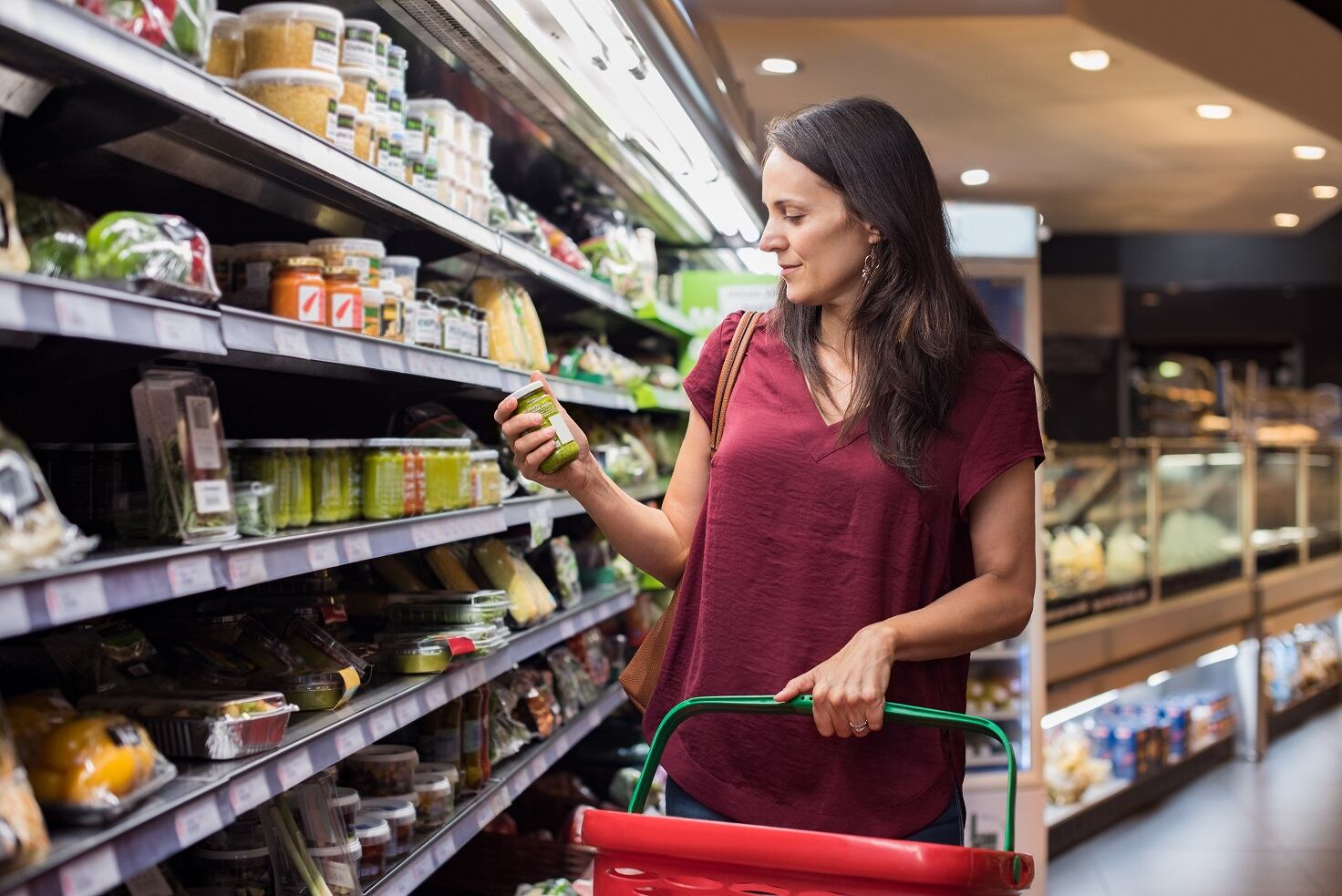The past 14 months have been a turbulent time for the food and drink manufacturing industry. The public perception is that this has been a boom time for manufacturers and in some instances this is true.
However, a number of specialist businesses have been hard hit by the lockdown periods and the public’s changing habits, especially companies producing sandwiches and snacks that would ordinarily be sold to office and peripatetic workers who are no longer commuting to their usual workplace or travelling to sites but are now working from home.
The challenges of the COVID-19 pandemic on food manufacturers has also seen a huge increase in demand across certain product lines. Fulfilling this demand has often required their workforces to commit to significant overtime whilst maintaining social distancing policies on production lines.
The need for agency staff and for moving the existing workforce from their usual production areas to busier lines with which they are unfamiliar has also created challenges in making sure that these workers are properly trained and aware of the health and safety issues affecting them in their new working environment.
Maintain a safe workspace
Across the sector businesses have invested significant capital in re-organising their production lines and improving ventilation to maintain a safe workspace.
There have been localised outbreaks of workers testing positive for COVID-19 at food manufacturing sites across the UK. At least some of this has been community-acquired in workforces where many are foreign nationals who often co-habit and car-pool and receive regular visits from wider families.
Whilst a significant number of direct claims of COVID-19 being acquired in the workplace have been reported under RIDDOR, the likelihood of any claim being successful is negligible. The issues with causation and proving that an employer is responsible for someone contracting the coronavirus is littered with evidential hurdles in circumstances where there is a national pandemic.
The one caveat to this is the proper supply and use of PPE and in particular suitable masks. However, we can see the potential for other indirect claims arising from the measures put in place to prevent transmission between employees and following the government advice and guidance which changed significantly from the initial requirements publicised in March 2020.
Social distancing
Increased production whilst maintaining a social distancing policy in the workplace has often resulted in a lack of proper rotation amongst workers and the potential for them to develop musculoskeletal disorders due to strain and/or over-reaching.
Employees have also become more susceptible to stress in the workplace, resulting in the potential for their mental health and wellbeing to be affected.
Whilst employers have concentrated on dealing with the huge problems created by the Covid pandemic and having to properly risk assess and adapt the workplace to keep employees safe, there has often been a failure to keep up with basic health and safety issues. Changes to production lines can create new and unforeseen risks and hazards due to inadequate guarding of machinery and new safety issues with deep cleaning for the hygiene teams.
Eight tips for businesses
1. Where workers are returning to work from furlough, make sure they have refresher training and familiarisation with the new ways of working.
2. Make employees aware of mental health and well-being initiatives available and have a policy and strategies in place to identify and help anyone affected.
3. Get back to basics in identifying the general risks within the workplace and address them.
4. Review existing risk assessments where there have been changes in production due to Covid issues that may have indirectly impacted other parts of the business.
5. Maintain proper breaks and rotation of staff in production areas.
6. Identify and address issues with over-reaching on production lines through better training and/or the provision of suitable work equipment.
7. Make sure all PPE provided is suitable and monitor staff compliance, with appropriate disciplinary action where warranted.
8. Look at improving ventilation in production areas with a large workforce.




